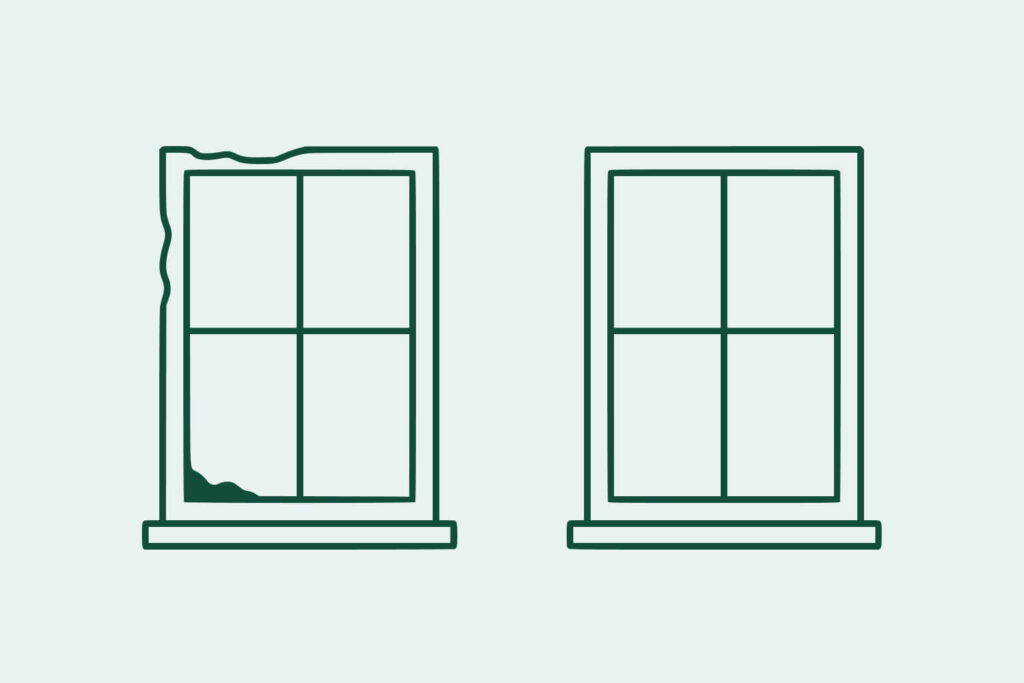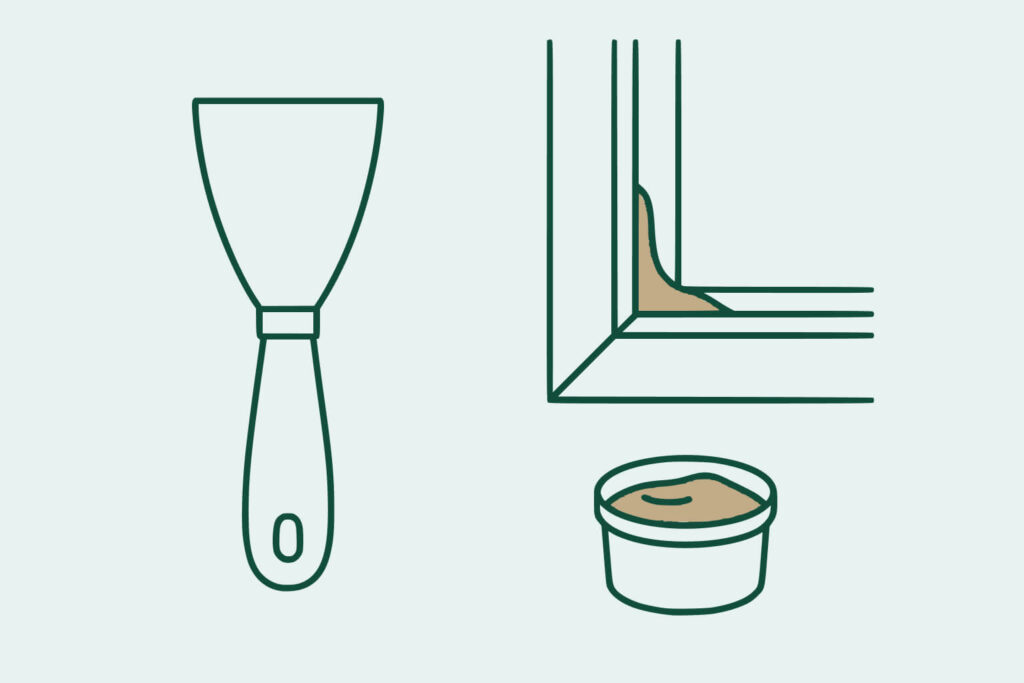Common Problems with Timber Sash Windows and How to Identify Them
Timber sash windows are a quintessential feature of British architecture, gracing countless Victorian and Edwardian homes across the UK. These elegant windows not only provide character and charm to period properties but also offer excellent functionality when properly maintained. However, like all timber features exposed to the British climate, sash windows can develop various problems over time that require attention and care.
Understanding the common issues that affect timber sash windows is crucial for homeowners who want to preserve these architectural treasures. Early identification of problems can save significant costs and prevent minor issues from developing into major structural concerns. Whether you’re living in a period property in South London or anywhere else in the UK, recognising the warning signs of timber window deterioration will help you make informed decisions about maintenance and repairs.
Rot and Decay: The Most Serious Threat
Timber rot represents the most significant threat to sash windows and is unfortunately one of the most common problems encountered by homeowners. This issue typically develops when moisture penetrates the wood and creates ideal conditions for fungal growth. The British climate, with its frequent rainfall and high humidity levels, makes timber windows particularly susceptible to this type of damage.
There are two primary types of rot that affect timber windows: wet rot and dry rot. Wet rot occurs in timber with a moisture content above 20% and is characterised by darkened, soft wood that may feel spongy to the touch. You might notice a musty smell around affected areas, and the wood may appear to have a stringy or fibrous texture when probed with a sharp instrument.
Dry rot, whilst less common, is more serious and can spread rapidly through timber structures. Despite its name, dry rot actually begins in damp conditions but can then spread to drier areas. It appears as a reddish-brown fungal growth with white cotton-wool-like strands, and affected timber becomes dry, cracked, and crumbles easily.
To identify rot in your sash windows, look for discoloured wood, particularly around the window sill, bottom rail, and areas where water might collect. Use a sharp knife or screwdriver to gently probe suspected areas – healthy timber should feel firm and solid, whilst rotted wood will feel soft and may crumble. Pay particular attention to joints and corners where water can accumulate, as these are prime locations for rot to develop.
Sticking Sashes: When Windows Won’t Budge
One of the most frustrating problems homeowners encounter with timber sash windows is when the sashes become difficult or impossible to open and close. This issue can develop gradually over time and has several potential causes, making it important to understand the underlying reasons before attempting repairs.
Paint build-up is perhaps the most common cause of sticking sashes. Over decades of repainting, layers of paint can accumulate in the channels where the sashes slide, effectively gluing them in place. This is particularly problematic when windows haven’t been opened regularly, allowing the paint to cure and harden in the closed position.
Swelling of the timber due to moisture absorption is another frequent culprit. Timber naturally expands and contracts with changes in humidity and temperature. When sash windows absorb moisture from the air or through damaged seals, the wood can swell sufficiently to bind against the window frame, making operation difficult or impossible.
Warping of the sash or frame can also cause sticking issues. This typically occurs when different parts of the window dry at different rates or when there’s uneven moisture exposure. A warped sash may bind at certain points whilst leaving gaps at others, creating both operational difficulties and draughts.
To identify the cause of sticking sashes, first examine the paint around the window frame and sashes. Look for thick paint build-up, particularly in the channels and around the meeting rails. Check for visible warping by looking along the length of the sashes and frame – any obvious bowing or twisting indicates structural issues that may require professional restoration services.
Loose Corner Joints: Structural Integrity Issues
The corner joints of sash windows are critical structural elements that hold the entire sash frame together. These joints, typically mortise and tenon or similar traditional joinery techniques, can become loose over time due to the natural movement of timber and the deterioration of the original glue or fixings.
Loose corner joints manifest in several ways. You might notice gaps appearing at the corners of the sash frames, or the sashes may feel wobbly when you try to operate them. In severe cases, the entire sash may appear to sag or become misaligned within the frame, creating uneven gaps around the perimeter.
This problem often develops gradually as the original animal-based glues used in traditional window construction break down over time. Temperature fluctuations, moisture changes, and the constant stress of opening and closing the windows all contribute to joint failure. Additionally, if the timber has shrunk due to drying out, the joints may become loose even if the original adhesive remains intact.
To check for loose corner joints, gently grasp opposite corners of a sash and try to move them relative to each other. Any movement or flexing indicates joint problems. Visually inspect the corners for gaps, and look for any signs that the sash is no longer perfectly rectangular. If you notice these issues, it’s advisable to consult with specialists who understand proper maintenance techniques for period windows.
Draughts and Air Leaks: Energy Efficiency Concerns
Draughty sash windows are a common complaint among homeowners, particularly during the colder months when heat loss becomes noticeable and expensive. These air leaks not only affect comfort but also significantly impact energy efficiency and heating costs.
Several factors contribute to draughts in timber sash windows. The meeting rails where the upper and lower sashes come together are a primary source of air infiltration. Over time, these rails may warp slightly or the sealing mechanisms may deteriorate, creating gaps that allow cold air to enter and warm air to escape.
The vertical channels where the sashes slide can also be sources of draughts, particularly if the staff beads (the strips of wood that hold the sashes in place) have shrunk or become loose. Similarly, the area around the window frame where it meets the wall structure can develop gaps due to building settlement or deterioration of the original sealing materials.
Glazing issues can also contribute to draughts. If the putty around the glass panes has cracked or shrunk, air can infiltrate around the glazing. This is particularly common in older windows where the original linseed oil putty has aged and lost its flexibility.
To identify draught sources, conduct a simple test on a windy day by holding a lit candle or incense stick around the window perimeter. Any air movement will cause the flame or smoke to flicker or move, indicating the location of air leaks. Pay particular attention to the meeting rails, the edges of the sashes, and around the glazing. For comprehensive solutions to draught problems, consider implementing professional draught proofing measures.
Broken Sash Cords: A Classic Mechanical Failure
The sash cord system is an ingenious mechanism that allows heavy timber sashes to be operated smoothly using counterbalancing weights hidden within the window frame. When these cords break, the sashes become difficult to operate and may slam shut unexpectedly, posing both a safety risk and potential damage to the window.
Sash cords are typically made from natural fibres and are subject to wear and eventual failure, particularly in windows that see regular use. The cords can fray where they pass over the pulleys, or they may rot if exposed to moisture within the window frame. In some cases, the cords may have been replaced with inappropriate materials in previous repairs, leading to premature failure.
Signs of broken sash cords include sashes that won’t stay open, windows that slam shut when released, or visible fraying of the cord where it attaches to the sash. You might also hear rattling sounds from within the window frame, which could indicate that the counterbalance weights are moving freely due to broken cords.
Replacing sash cords is a job that requires careful disassembly of the window mechanism and should ideally be undertaken by experienced professionals. The process involves removing the sashes, accessing the weight chambers, and threading new cords through the pulley system. Using the correct type and weight of cord is crucial for proper operation and longevity.
Glazing Putty Deterioration: Protecting the Glass
The glazing putty that holds glass panes in place and seals them against the weather is an often-overlooked component of timber sash windows. This putty, traditionally made from linseed oil and whiting, can deteriorate over time, leading to both aesthetic and functional problems.
Signs of putty deterioration include cracking, shrinkage, and in severe cases, complete loss of sections of putty. You might notice that the putty has become hard and brittle, or conversely, that it remains soft and oily years after application. Both conditions indicate problems that need attention.
Deteriorated putty not only looks unsightly but also compromises the weather seal around the glass, potentially allowing water ingress that can lead to rot in the surrounding timber. Additionally, loose putty may allow the glass to move within the frame, increasing the risk of breakage.
Proper putty repair and replacement requires specific techniques and materials to ensure longevity and compatibility with the timber frame. The process involves carefully removing old putty, preparing the rebate, and applying new putty with the correct profile and finish.
When to Seek Professional Help
While some minor maintenance tasks can be undertaken by competent DIY enthusiasts, many timber sash window problems require professional expertise to resolve properly. Structural issues such as rot, loose joints, and sash cord replacement typically need specialist knowledge and tools.
Professional window restoration specialists have the experience to assess the overall condition of your windows and recommend the most appropriate course of action. They can distinguish between problems that can be repaired and those that might necessitate replacement, potentially saving you significant costs in the long term.
When choosing a professional service, look for companies with specific experience in timber sash window restoration. Check their credentials, ask for references, and ensure they understand the importance of maintaining the historical integrity of period windows. A reputable timber window specialist will provide detailed assessments and transparent pricing for any recommended work.
Prevention: The Key to Long-Term Window Health
Many of the problems that affect timber sash windows can be prevented or minimised through regular maintenance and prompt attention to minor issues. Establishing a routine maintenance schedule and understanding what to look for can significantly extend the life of your windows and reduce long-term costs.
Regular cleaning, lubrication of moving parts, and prompt repair of minor damage are all essential elements of window care. Additionally, ensuring adequate ventilation in your home and addressing any sources of excess moisture can help prevent rot and other moisture-related problems.
By understanding these common problems and their warning signs, homeowners can take proactive steps to maintain their timber sash windows and preserve these beautiful architectural features for future generations. Remember that early intervention is almost always more cost-effective than waiting until problems become severe, making regular inspection and maintenance a wise investment in your property.




